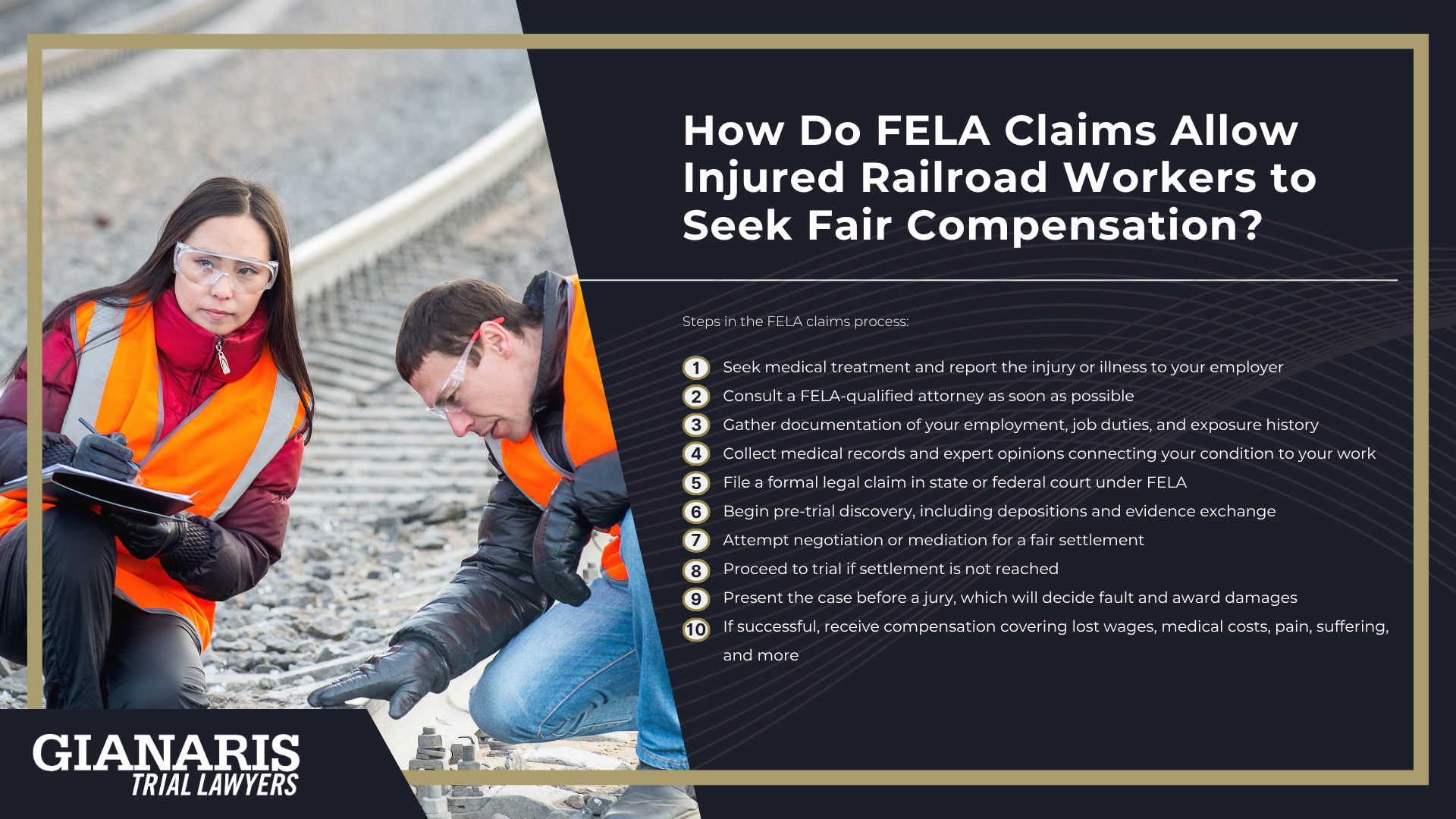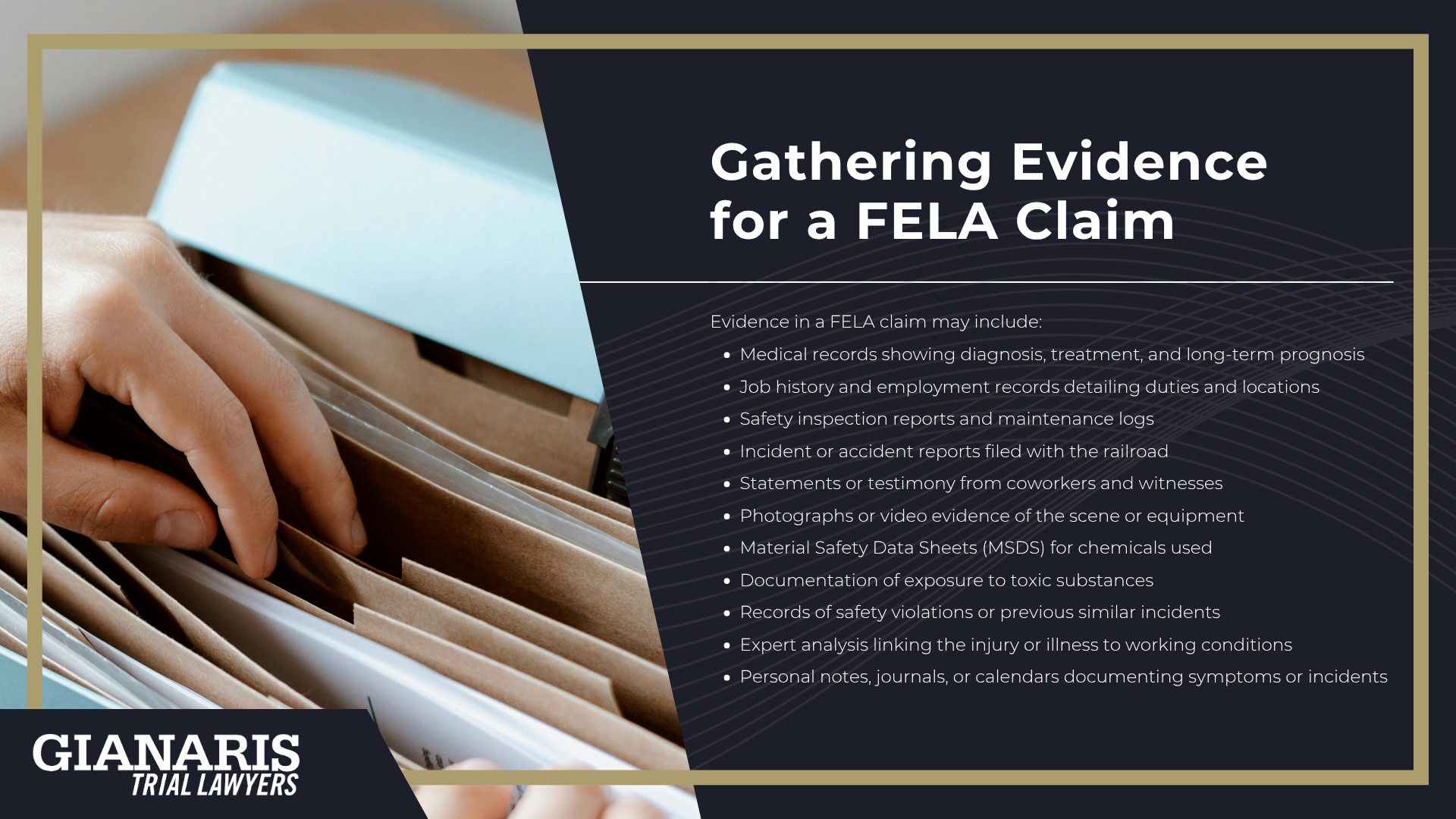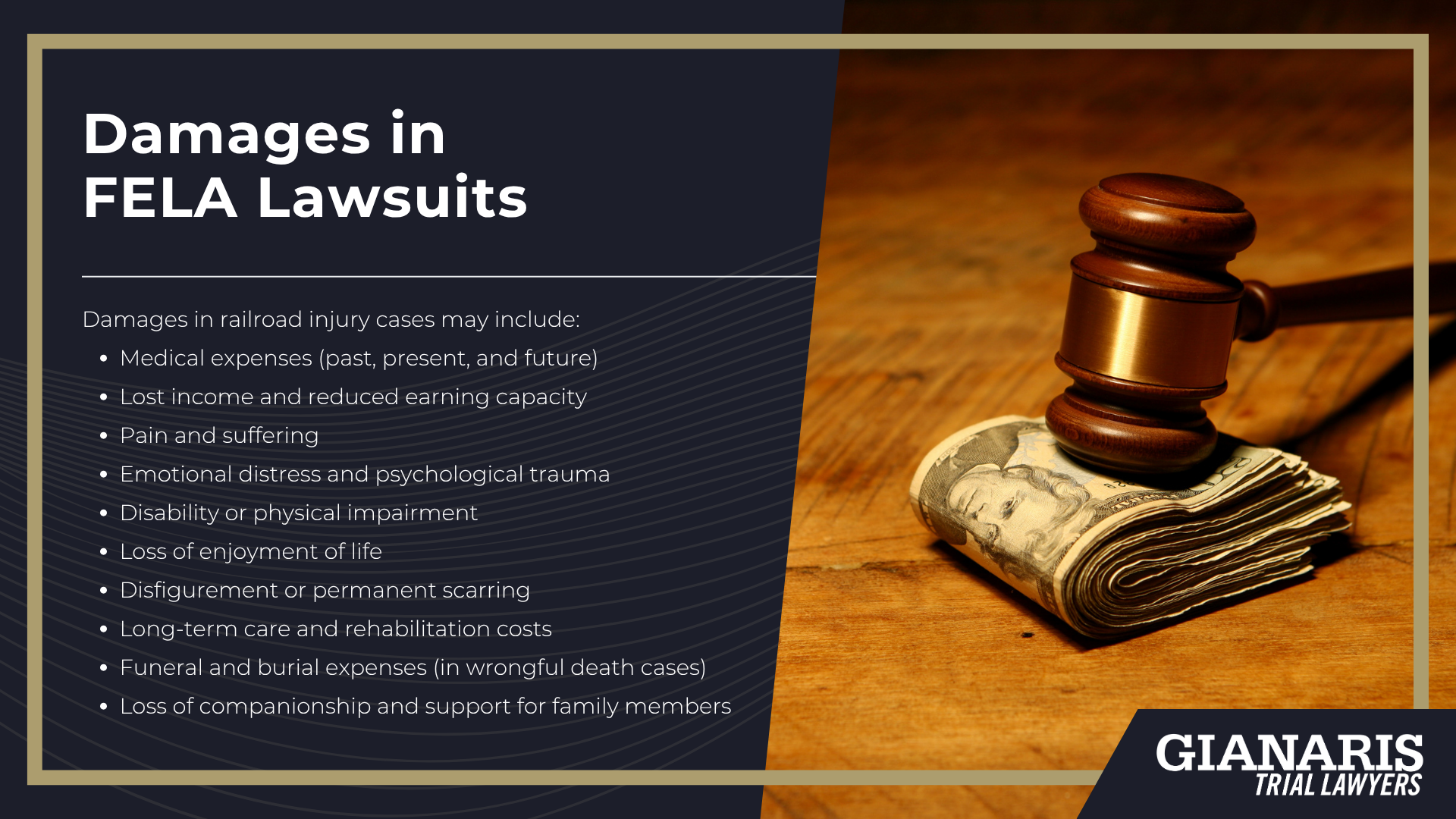Locomotive engineers face a broad range of safety risks on the job, many of which are overlooked or downplayed by employers more concerned with schedules than worker health.
The nature of the work requires constant focus, repetitive motion, and long shifts confined in tight engine compartments surrounded by heavy machinery and hazardous materials.
Over time, these conditions create pathways for both physical injuries and occupational diseases, especially when safety protocols are not properly enforced.
Engineers are often required to operate trains under strenuous conditions, including poor weather, defective equipment, and fatigued hours.
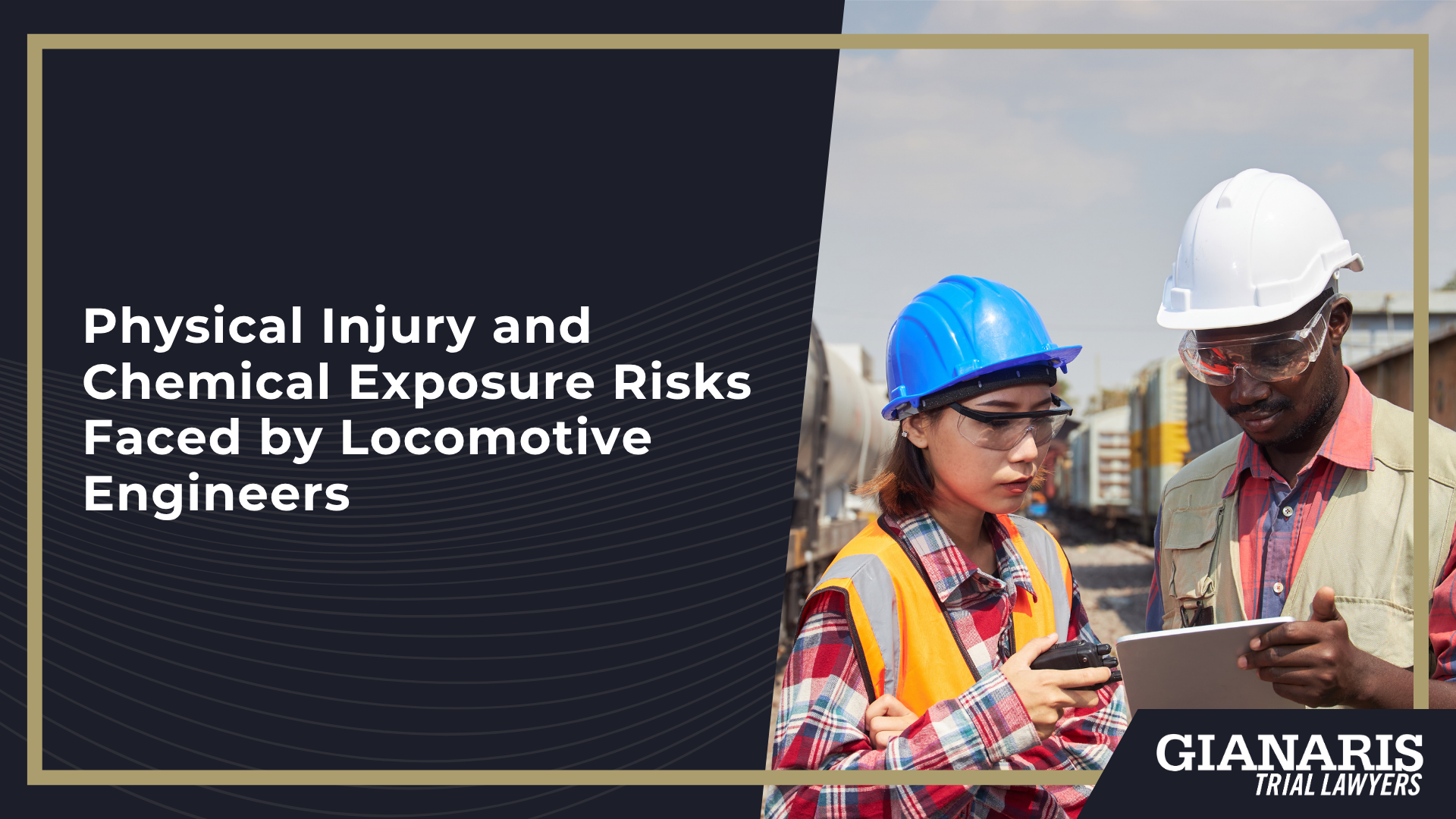
The physical strain of controlling thousands of tons of cargo or passengers (coupled with the exposure to diesel fumes, vibration, and chemical residues) can cause long-term damage.
From traumatic incidents like collisions and derailments to chronic issues like respiratory illness or degenerative joint damage, the risks are real and measurable.
In many FELA cases, these dangers are linked directly to a railroad employer’s failure to provide a safe work environment.
Gianaris Trial Lawyers understands the unique duties and pressures faced by locomotive engineers and builds cases that reflect the true scope of these risks.
Whether you’ve been affected by an acute accident or a condition caused by years of exposure, we’re prepared to pursue the compensation you are entitled to under the law.
Physical Injury Risks for Locomotive Engineers
Injured railroad employees across the country who work as locomotive engineers face unique physical dangers due to the demanding nature of the job.
Engineers spend long hours in confined spaces, controlling powerful trains under pressure and dealing with unpredictable conditions.
Fatigue, poor maintenance, and mechanical failure often play a role in on-the-job accidents, some of which can cause catastrophic harm.
Even when no collision occurs, daily exposure to vibration, repetitive movements, and sudden jolts can lead to chronic musculoskeletal damage.
When accidents do happen, engineers are often the first to be hurt due to their proximity to the point of impact.
These injuries are not only painful but can be career-ending without proper treatment and legal support.
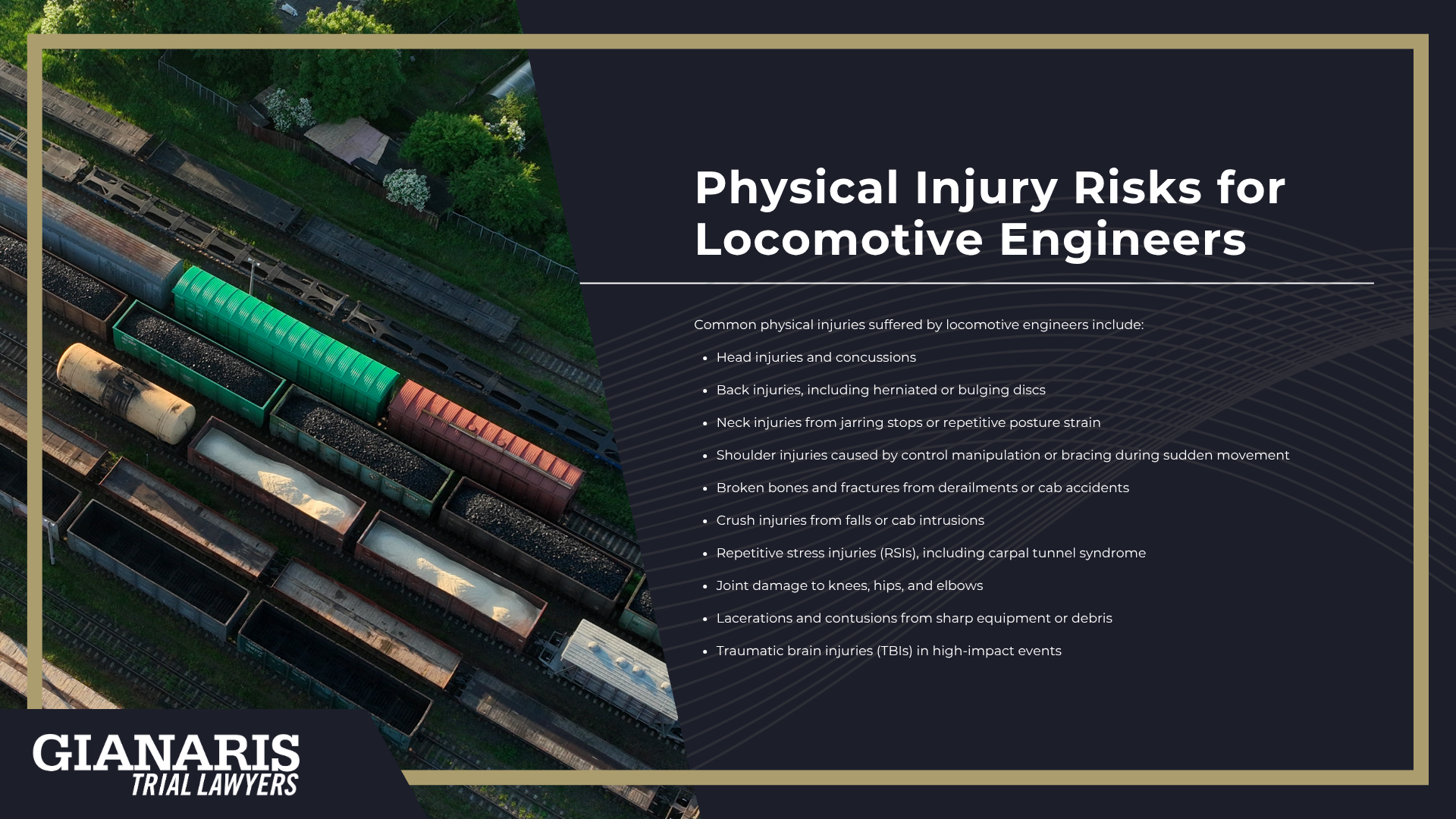
Common physical injuries suffered by locomotive engineers include:
- Head injuries and concussions
- Back injuries, including herniated or bulging discs
- Neck injuries from jarring stops or repetitive posture strain
- Shoulder injuries caused by control manipulation or bracing during sudden movement
- Broken bones and fractures from derailments or cab accidents
- Crush injuries from falls or cab intrusions
- Repetitive stress injuries (RSIs), including carpal tunnel syndrome
- Joint damage to knees, hips, and elbows
- Lacerations and contusions from sharp equipment or debris
- Traumatic brain injuries (TBIs) in high-impact events
Gianaris Trial Lawyers has represented injured railroad employees across the country, including engineers who suffered debilitating injuries due to unsafe working conditions.
We work to document the full extent of your injuries and fight for maximum compensation under FELA.
Chemical Exposure Risks for Locomotive Engineers
Locomotive engineers face a unique set of chemical exposure risks due to prolonged time spent in enclosed engine compartments, routine contact with fuel systems, and close proximity to mechanical operations involving hazardous materials.
Many of these exposures happen gradually (over months or years of daily railroad work) and may not become medically apparent until a serious diagnosis is made.
Unlike visible injuries, chemical exposures often lead to occupational diseases that are life-altering or fatal.
Because engineers operate trains for extended periods in confined cabs, they breathe in harmful fumes and particulates emitted from running locomotives.
These exposures are often intensified by poor ventilation, older engine systems, and lack of protective equipment.
Over time, this environment places engineers at risk for a variety of serious illnesses, some of which have been linked directly to known toxins present in railroad work.
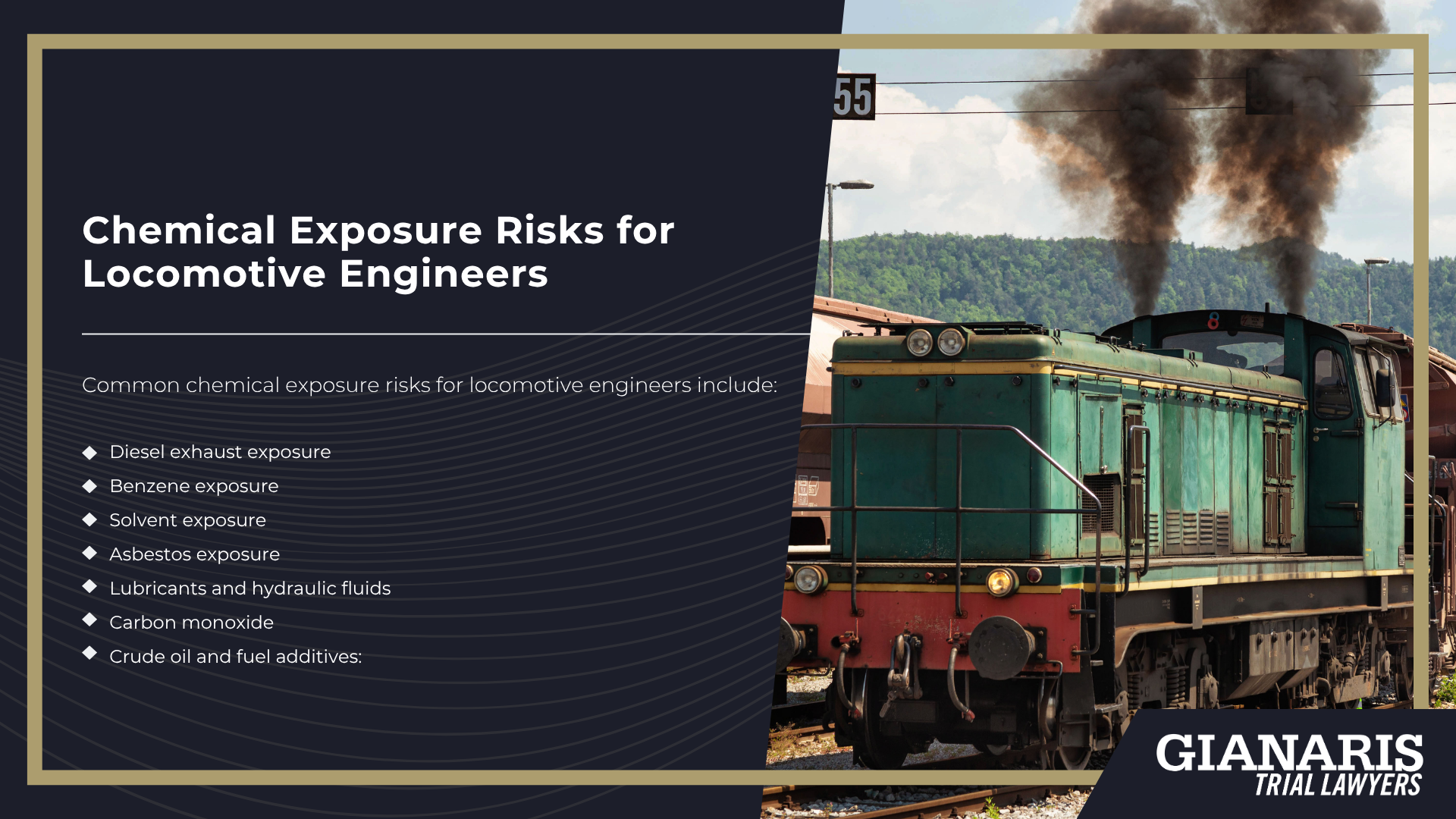
Common chemical exposure risks for locomotive engineers include:
- Diesel exhaust exposure: Continuous inhalation of diesel particulate matter has been linked to lung cancer, throat cancer, and respiratory conditions like chronic bronchitis and chronic obstructive pulmonary disease (COPD).
- Benzene exposure: Found in diesel fuel and solvents used around locomotives; benzene is a known carcinogen associated with blood cancers, especially leukemia.
- Solvent exposure: Degreasers and industrial cleaners used in and around engines may contribute to central nervous system damage and organ toxicity.
- Asbestos exposure: Older locomotives and engine insulation may still contain asbestos, raising risks for mesothelioma, asbestosis, and lung cancer.
- Lubricants and hydraulic fluids: Skin contact and airborne exposure may lead to chemical burns, allergic reactions, and long-term organ damage.
- Carbon monoxide: Inadequate ventilation in engine compartments can result in low-level but chronic exposure to carbon monoxide, causing headaches, fatigue, and cardiovascular strain.
- Crude oil and fuel additives: Handling contaminated cargo or being near leaks and spills exposes engineers to toxins known to increase cancer risk and disrupt hormone function.
Gianaris Trial Lawyers works with toxic exposure experts and medical professionals to identify how long-term chemical exposure may have affected your health.
If you’ve been diagnosed with a condition potentially tied to your railroad work, we can help you investigate your options under the Federal Employers Liability Act (FELA).


